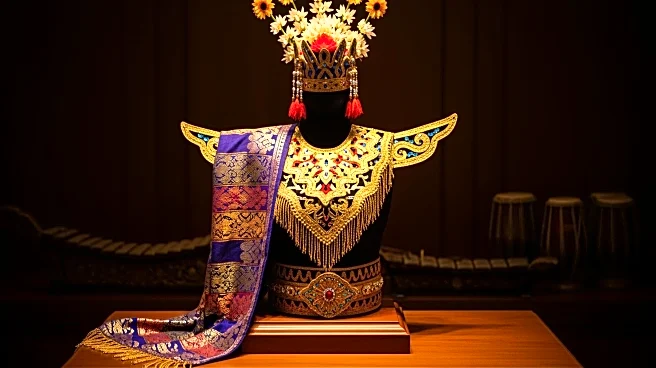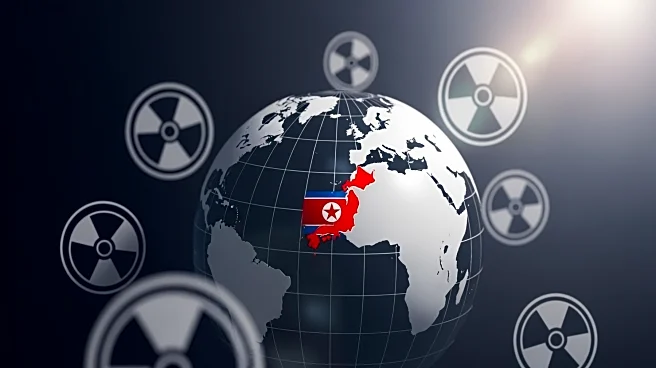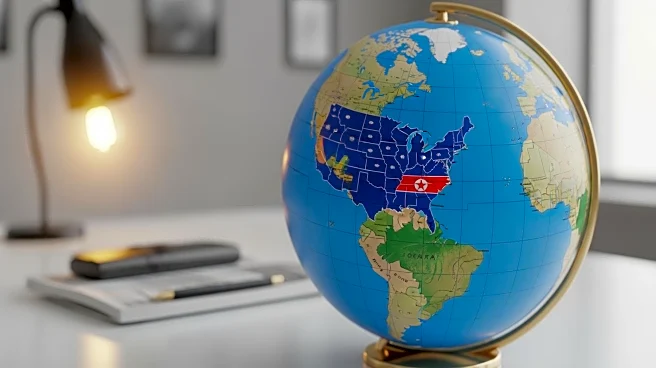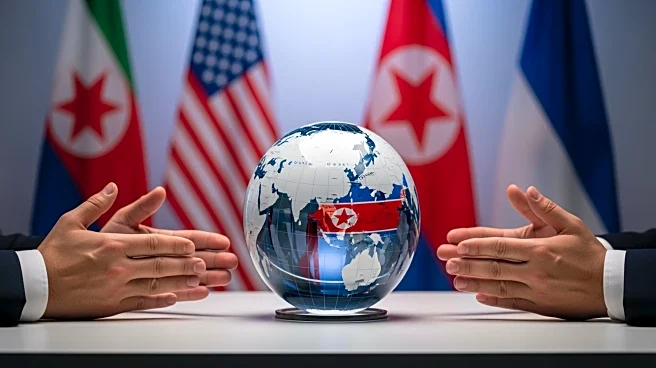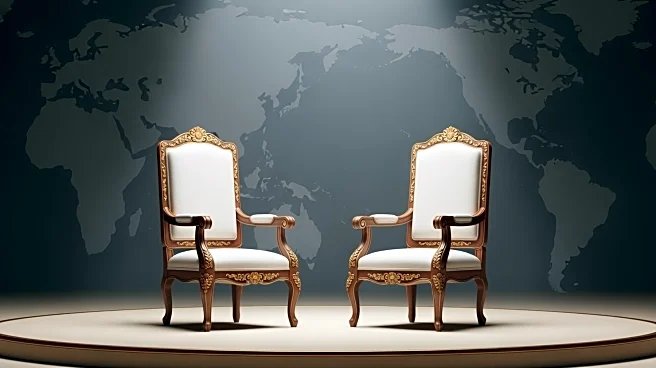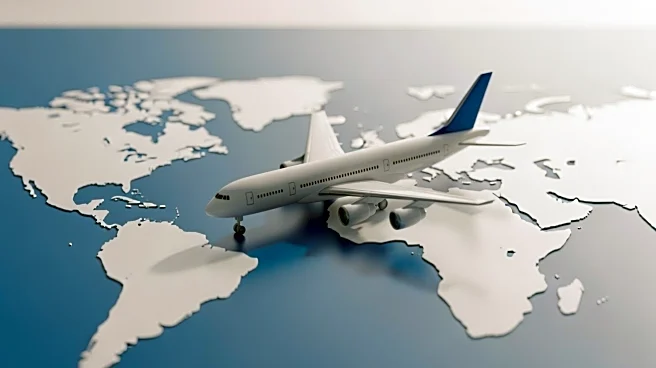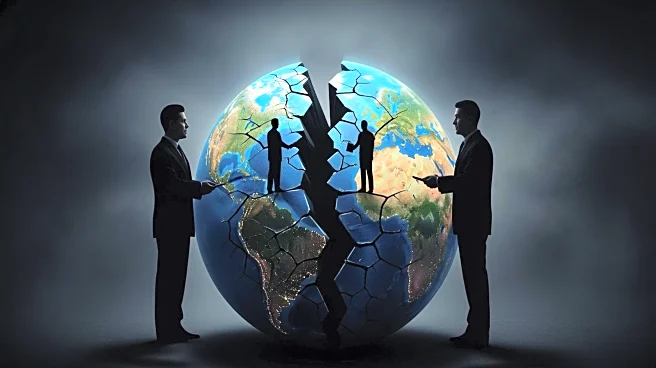What's Happening?
President Trump, currently on an Asia tour, has expressed openness to extending his trip to include a meeting with North Korean leader Kim Jong Un. This potential meeting would mark a continuation of Trump's
previous diplomatic engagements with Kim, which included three in-person meetings during his first term. The last meeting between the two leaders occurred in 2019 at the Demilitarized Zone, following the collapse of nuclear talks due to disagreements over U.S.-led sanctions. Despite Trump's interest in resuming diplomacy, North Korea has since advanced its weapons programs and insists on being recognized as a nuclear power before any negotiations.
Why It's Important?
The potential meeting between President Trump and Kim Jong Un could have significant implications for U.S.-North Korea relations and regional stability in East Asia. Renewed dialogue might open pathways to de-escalating tensions and addressing nuclear proliferation concerns. However, North Korea's demand for recognition as a nuclear power poses a substantial diplomatic challenge. The outcome of such a meeting could influence U.S. foreign policy and impact international efforts to manage North Korea's nuclear ambitions. Stakeholders, including South Korea and Japan, are likely to closely monitor developments, given their strategic interests in the region.
What's Next?
If President Trump decides to extend his Asia trip, logistical arrangements for a meeting with Kim Jong Un would need to be finalized. The international community will be watching for any shifts in North Korea's stance or U.S. policy adjustments. Potential reactions from South Korea and other regional players could shape the diplomatic landscape. The meeting's success or failure could influence future U.S. administrations' approaches to North Korea and impact global non-proliferation efforts.




